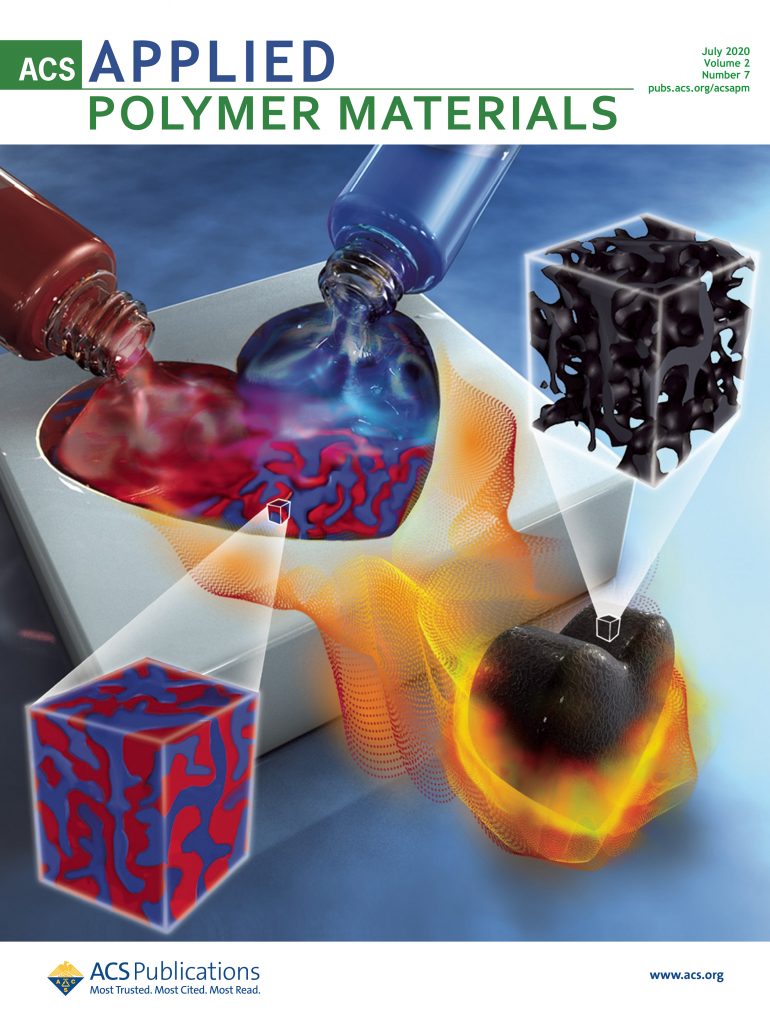Fusion-driven fault diagnosis based on adaptive tuning feature mode decomposition and synergy graph enhanced transformer for bearings under noisy conditions
IF 4.4
2区 化学
Q2 MATERIALS SCIENCE, MULTIDISCIPLINARY
引用次数: 0
Abstract
Bearing fault diagnosis is critical for maintaining the reliability of health monitoring in electromechanical systems. However, traditional feature extraction methods often struggle to accurately capture fault information in complex environments. This paper proposes an adaptive tuning feature mode decomposition (ATFMD) method, based on the intrinsic signal characteristics, to effectively extract robust features. ATFMD dynamically adjusts to complex fault signals, providing more representative feature inputs and pruning redundant features induced by noise. Additionally, given the limitations of single-dimensional feature domains in fully revealing fault information, this study constructs feature topology graphs by mapping spatial phase and time–frequency characteristics, offering a comprehensive representation of fault information. To achieve complementary fusion of fault information within the feature topological graph, this paper proposes the synergy graph enhanced transformer (SGET). SGET optimizes the fusion process by reinforcing feature interactions through its synergy graph representation module. Additionally, a hierarchical cross-attention mechanism is employed to modulate attention distribution across feature dimensions, enhancing the sensitivity to critical features during fusion. Experimental validation was conducted on two distinct rotating machinery transmission systems. The results demonstrate that the proposed method maintains exceptional robustness and generalization, even in the presence of severe noise and complex fault conditions. Compared to the leading methods, including MS-DGCNs, CapsFormer, TFT, and ConvFormer, the proposed method achieves notable accuracy improvements of 8.13 %, 8.71 %, 11.94 %, and 6.25 %, respectively, under challenging conditions.
基于自适应调整特征模式分解和协同图的融合驱动故障诊断,用于噪声条件下轴承的增强型变压器
轴承故障诊断对于保持机电系统健康监测的可靠性至关重要。然而,传统的特征提取方法往往难以准确捕捉复杂环境中的故障信息。本文提出了一种基于固有信号特征的自适应调谐特征模式分解(ATFMD)方法,以有效提取鲁棒特征。ATFMD 可根据复杂的故障信号进行动态调整,提供更具代表性的特征输入,并修剪噪声引起的冗余特征。此外,考虑到单维特征域在充分揭示故障信息方面的局限性,本研究通过映射空间相位和时间频率特性来构建特征拓扑图,从而提供故障信息的全面表示。为了在特征拓扑图中实现故障信息的互补融合,本文提出了协同图增强变换器(SGET)。SGET 通过协同图表示模块加强特征之间的相互作用,从而优化融合过程。此外,SGET 还采用了分层交叉注意机制来调节各特征维度的注意分布,从而在融合过程中提高对关键特征的敏感度。在两个不同的旋转机械传动系统上进行了实验验证。结果表明,即使在严重噪声和复杂故障条件下,所提出的方法也能保持卓越的鲁棒性和泛化能力。与包括 MS-DGCNs、CapsFormer、TFT 和 ConvFormer 在内的领先方法相比,所提出的方法在具有挑战性的条件下分别实现了 8.13 %、8.71 %、11.94 % 和 6.25 % 的显著精度提升。
本文章由计算机程序翻译,如有差异,请以英文原文为准。
求助全文
约1分钟内获得全文
求助全文
来源期刊

ACS Applied Polymer Materials
Multiple-
CiteScore
7.20
自引率
6.00%
发文量
810
期刊介绍:
ACS Applied Polymer Materials is an interdisciplinary journal publishing original research covering all aspects of engineering, chemistry, physics, and biology relevant to applications of polymers.
The journal is devoted to reports of new and original experimental and theoretical research of an applied nature that integrates fundamental knowledge in the areas of materials, engineering, physics, bioscience, polymer science and chemistry into important polymer applications. The journal is specifically interested in work that addresses relationships among structure, processing, morphology, chemistry, properties, and function as well as work that provide insights into mechanisms critical to the performance of the polymer for applications.
 求助内容:
求助内容: 应助结果提醒方式:
应助结果提醒方式:


